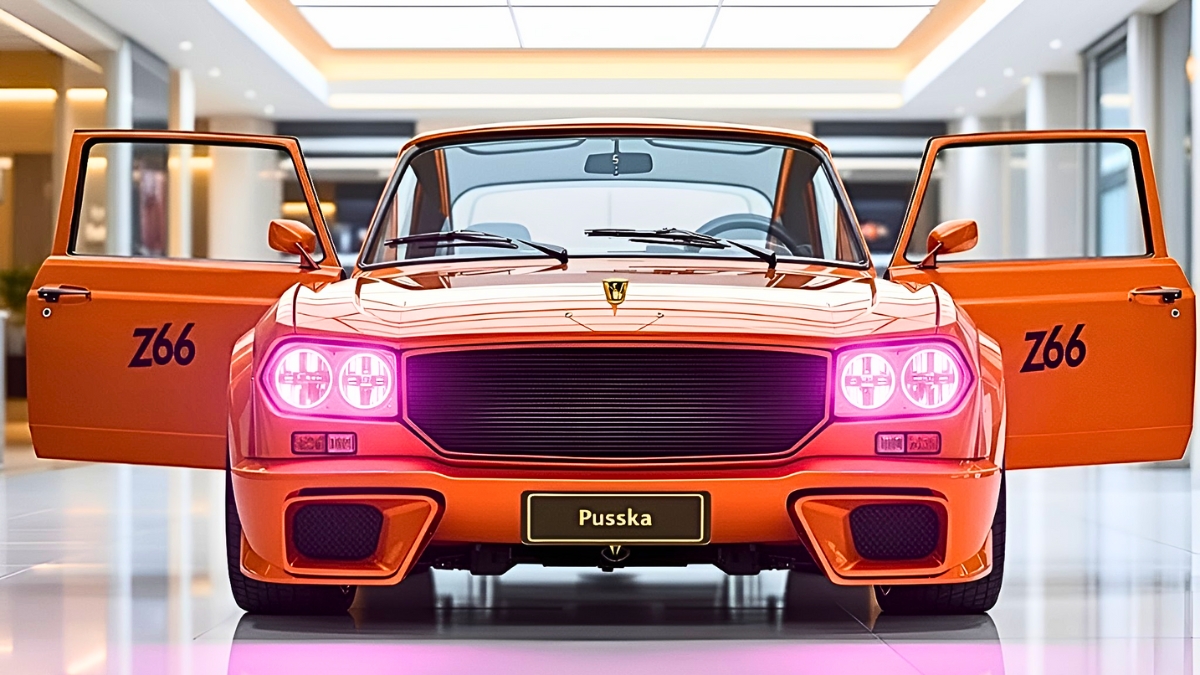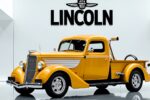The 1966 ZAZ-966 Zaporozhets is one of the most iconic cars to come out of the Soviet Union. Small, quirky, and surprisingly practical, it captured the imagination of everyday drivers in its era. Today, it’s a rare collector’s gem that combines vintage charm with historical significance.
What Exactly Is the 1966 ZAZ-966 Zaporozhets?
The ZAZ-966 Zaporozhets was a compact, rear-engine car produced by the Zaporozhsky Automobile Plant (ZAZ) in the Ukrainian SSR. Designed as an affordable vehicle for Soviet citizens, it offered simple mechanics and surprising reliability for its time.
Unlike Western superminis, the Zaporozhets had a unique rear-engine layout, making it distinctive and easy to spot even decades later. It was intended to be practical, efficient, and accessible to a wide range of people.
What Is the History Behind the ZAZ-966?
The ZAZ-966 was introduced in 1966 as an evolution of the earlier ZAZ-965 model. Its design focused on practicality and modernity:
- Production Start: 1966
- Engine: Air-cooled 1.2L V4
- Horsepower: ~30 hp
- Layout: Rear-engine, rear-wheel drive
- Unique Feature: Compact design for city driving
The car became a common sight in Soviet streets and was widely appreciated for its affordability and ease of repair. Today, surviving models are considered rare and highly collectible.
How the ZAZ-966 Works – Explained Simply
The ZAZ-966 might seem simple, but it has a clever design for a car of its era.
- Engine Location: Rear-mounted, which improved traction on icy roads
- Fuel Efficiency: Around 25-28 mpg (10-11 L/100 km)
- Transmission: 4-speed manual
- Suspension: Independent front and rear, making it surprisingly smooth for city roads
Its mechanics were straightforward, which made maintenance accessible to anyone with basic tools—a big plus during its time.
Common Mistakes With the ZAZ-966 and How to Avoid Them
Owning a classic Zaporozhets requires attention to certain pitfalls:
| Mistake | How to Avoid |
|---|---|
| Ignoring rust issues | Inspect chassis and body panels carefully; treat any corrosion immediately |
| Using non-original parts | Stick to authentic or high-quality reproduction parts to maintain value |
| Overlooking electrical system | Check wiring and replace old fuses; electrical issues are common in aged models |
| Poor storage | Keep the car in a dry, climate-controlled area to preserve body and interior |
Best Features of the 1966 ZAZ-966 Zaporozhets
Despite its small size, the ZAZ-966 offered features that made it beloved in its era:
- Compact Size: Perfect for city streets and tight parking
- Simple Mechanics: Easy to repair and maintain
- Unique Design: Rounded body with distinctive rear engine layout
- Affordability: Designed to be accessible to average citizens
- Collector Appeal: Rare today, especially in well-preserved condition
Why the ZAZ-966 Is a Collector’s Treasure
Collectors value the ZAZ-966 for its rarity and historical significance. With only a few well-maintained examples left, it stands out as a symbol of Soviet automotive engineering. Its quirky design and reliable mechanics make it a fun and interesting addition to any classic car collection.
Owning a Zaporozhets isn’t just about nostalgia—it’s about preserving a unique piece of automotive history.
Conclusion
The 1966 ZAZ-966 Zaporozhets is more than just a small Soviet car. It represents a unique chapter in automotive history, combining practicality, distinctive design, and collector value. Whether you’re a vintage car enthusiast or a history buff, the Zaporozhets is a rare gem that continues to fascinate and inspire.
FAQ
When was the ZAZ-966 first produced?
It was introduced in 1966 as an update to the earlier ZAZ-965.
What makes the ZAZ-966 special?
Its rear-engine design, compact size, and historical significance make it unique.
How fast can the ZAZ-966 go?
It has a top speed of around 62 mph (100 km/h), which was adequate for city driving in its time.
Why is the ZAZ-966 valuable today?
Its rarity, vintage appeal, and role as a Soviet-era automotive icon make it a collector’s favorite.
Can a ZAZ-966 be driven today?
Yes, with proper maintenance, it can still be driven, though most owners use it for shows or weekend drives.



